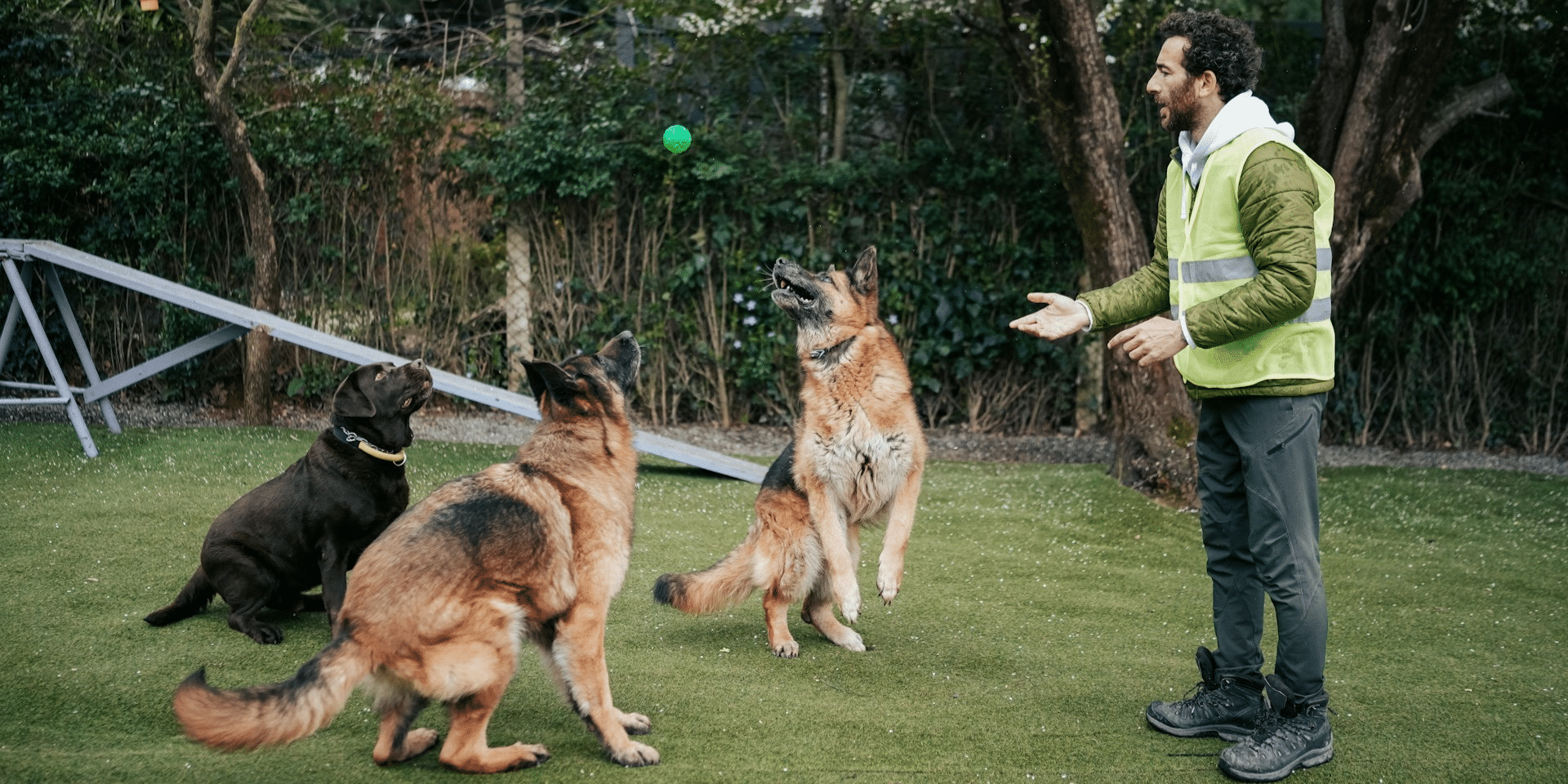Shooting films in the forest can create stunning visuals and immersive storytelling. However, it also presents unique logistical challenges that require careful planning and execution. This article explores the logistics behind shooting films in the forest, highlighting the essential considerations and strategies for a successful production.
Pre-Production Planning
The first step in shooting films in the forest is scouting the right location. Filmmakers must consider factors such as accessibility, natural light, and the suitability of the terrain for their scenes. It’s essential to visit potential locations multiple times and at different times of the day to understand the lighting conditions and any potential challenges. According to Filmmaker Magazine, location scouts often work closely with local authorities to gain necessary permits and ensure compliance with environmental regulations.
Obtaining the necessary permits and permissions is crucial for filming in forests. This process involves liaising with local government bodies, park authorities, and private landowners. Each location may have specific regulations regarding the use of natural resources, wildlife protection, and preservation of the ecosystem. Failing to secure proper permits can result in legal issues and fines, disrupting the production schedule.
Filming in the forest can be more expensive than shooting in a controlled studio environment. The budget must account for transportation of crew and equipment, accommodation, catering, and potential environmental fees. Additionally, unforeseen challenges such as weather changes or difficult terrain can increase costs. Accurate budgeting is essential to ensure that the production stays on track financially.
Equipment and Technical Considerations When in the Forest
Transporting crew, cast, and equipment to remote forest locations requires careful logistical planning. Depending on the accessibility of the location, filmmakers may need to use off-road vehicles, helicopters, or boats. It’s also important to plan for the transport of essential services such as food, water, and medical supplies. Coordinating these logistics is vital to ensure that the crew can work efficiently and safely.
One of the biggest challenges of shooting films in the forest is providing a reliable power supply for equipment. Generators are commonly used, but they can be noisy and may disturb the natural environment. Solar panels and battery packs are eco-friendly alternatives that can help reduce noise and pollution. Ensuring a consistent power supply is crucial for running cameras, lighting, and other essential equipment.
Maintaining communication in remote forest locations can be challenging. Walkie-talkies and satellite phones are essential for ensuring that the crew can stay in contact, especially in areas with limited or no cell phone coverage. Establishing a communication plan is important for coordinating activities and ensuring the safety of the cast and crew.
Environmental and Safety Considerations
Filmmakers must be mindful of the environmental impact of their activities. This includes minimizing damage to the flora and fauna, avoiding pollution, and ensuring that all waste is properly managed. According to the Environmental Media Association, implementing green practices such as using biodegradable materials and minimizing the use of single-use plastics can help reduce the environmental footprint of the production.
Weather conditions in forest environments can be unpredictable. Rain, wind, and extreme temperatures can pose significant challenges to filming. It’s essential to monitor weather forecasts closely and have contingency plans in place. Natural hazards such as falling branches, uneven terrain, and wildlife encounters must also be considered. Providing safety training for the crew and having medical personnel on-site can help mitigate these risks.
Ensuring the safety of the cast and crew is a top priority when shooting in the forest. This involves conducting thorough risk assessments, providing safety briefings, and ensuring that all necessary safety equipment is available. Emergency plans should be established, including evacuation routes and procedures for dealing with injuries or medical emergencies.
Post-Production Considerations
After filming is complete, it’s important to restore the forest to its original condition. This includes removing all equipment, cleaning up waste, and repairing any damage caused by the production. Working with environmental experts can ensure that restoration efforts are effective and that the natural environment is preserved for future generations.
Post-production work often involves editing and adding special effects to enhance the visual storytelling. For forest scenes, this can include color grading to highlight the natural beauty of the location, adding CGI elements to create fantasy environments, or removing unwanted elements. Skilled editors and visual effects artists play a crucial role in bringing the director’s vision to life.
Shooting films in the forest offers unique opportunities for creating visually stunning and immersive storytelling. However, it also presents significant logistical challenges that require careful planning and execution. By understanding the complexities involved in location scouting, obtaining permits, budgeting, transporting equipment, ensuring safety, and minimizing environmental impact, filmmakers can successfully navigate the logistics of forest filming. This preparation ensures a smooth production process and the creation of captivating films that resonate with audiences.














